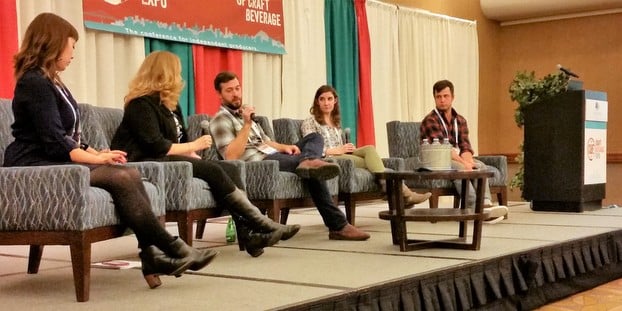
When we started CBB five years ago, I think we underestimated just how impactful our marketing advice articles would be, but it makes sense why they are so important. Not all breweries are in need of a “top brewhouses to buy” feature at all times, but all breweries (all 6-fucking-thousand-plus of them) need to keep building their brands, spreading the word and growing market share. We’ve since adjusted and been providing all sorts of articles, videos and even a webinar on the topic. To round out the year, we wanted to roundup some of the best advice we posted and quoted this year to help your planning for 2018. If you missed these, definitely explore the full articles for more.
1. Build an event strategy
Of course, if you sell craft beer, then the single biggest way you can sell more is to get people to taste your beer, so most brewers know they need to host events. Dave Perks of Perks Agency relies heavily on events for his small craft beverage clients, and he offered several tips for designing events.
First, aim for two to four big events per year. You should host the events yourself, though they don’t need to be at your business location — and festivals don’t count. The events do not actually have to be beer-centric so much as fun because the experience itself becomes marketing for your brand.
Second, think strategically about promoting your event. Of course you want to use e-mail and social media, as well as posters in your tap room or restaurant and word-of-mouth promotion by your staff. However, he advised considering SMS messaging and local radio. In particular, radio still reaches over 90 percent of millennials, Hispanics and African-Americans on a weekly basis.
Third, think of any event as part of a “three visit strategy.” Customers who visit your business or consume your products three times are over 70 percent more likely to continue to patronize you than someone who tries you once or twice. He works with his clients to develop coupon and merchandise incentives that keep drawing people back.
Perks focused on events is one of three primary local strategies. Another was to claim your business on Google, Yelp, and TripAdvisor and to fill out your profiles there. He reported great success with Yelp check-in deals, and your customer reviews can teach you a lot about what people do and do not like about you.
From Three ways for craft brewers to stay ‘local’ — advice via Craft Beverage Expo 2017
2. Weigh evolution vs. revolution when rebranding
In his work at Wachusett, McMahan has targeted blue-collar New Englanders with a pride in their region and local sports. He wanted to update their packaging, but he determined that, for purposes of that market, they could evolve the visual brand rather than overhauling it completely.
So, they updated the labels and packaging to feature much of the same art or concepts but in more modern ways. Evolution helps consumers trust in the continuity of the product and brand while also drawing new attention to it.Revolutionary rebranding, of course, carries the risk that you will lose old customers. People will think you’ve changed the company or the recipe, so you need to consider what your goals for rebranding are and then how you will go about it.
McMahan offered some straight talk about packaging and your visual brand, saying that you may need to hire someone other than your cousin who likes to paint or your friend who took a design course.
“Budgets are tight,” he acknowledged, “but you get what you pay for—and you should spend money on packaging.”
From Dos Equis marketer teaches craft brewers how to think like a corporate brand
3. Design must communicate
Cynthia Sterling, creative director at Sterling Creativeworks, actually gave a whole talk on packaging design without talking much about aesthetics at all. At Sterling Creativeworks, they think of brand in terms of three factors: differentiation, brand essence, and emotional communication. Once you have figured those out, you can think about how to use your packaging to embody them.
“Design must communicate,” she said. “It’s not just about aesthetics.”
Sterling’s presentation nicely supplemented Alworth’s by showing how story — understood as the work you put into your brand prior to designing your labels — really informs your logo and labels. Even for a creative agency like hers, packaging is only the physical embodiment of work you do in words, i.e., story.
Sterling shared many useful tools for thinking through the three pillars of brand (including this brand essence assessment tool), but perhaps all her comments could be summarized by the quote she shared from Andrew Stanton (of Pixar fame): “The first rule of storytelling is: Make. Me. Care.”
There are a lot of ways to think about that, but if you’re thinking at all about that question, you are probably ahead of many of your local competitors who are hoping consumers will just care on their own.
4. Packaging design trend: Patterning
Patterning is a fun way of expanding your portfolio while not having subsequent releases look identical. Some breweries have embraced this for their flagship beers while most use it for specialty programs. You begin by creating certain constants — logo placement, beer name and style, TTB info, etc. Then, the background is completely up for grabs. This can be small and intricate or large and geometric. Either way, it’s a lively way of standing out from the previously mentioned minimal and clean packaging that’s beginning to dominate off-premise shelves.
From 2017 craft beer branding trends: Clean, feminine, artsy and patterned top the list
5. Rebranding or refreshing: Scenario two
“We’ve got a logo that we love, but our packaging is a huge pain. We still bottle some of our beers, but are moving quickly toward cans for everything. In either case, our artwork is clunky and includes lots of colors — I always dread the proofing process. We’d like to keep our beer names but are open to changing everything else — new illustrations, new graphics, a simplified color palette (for more affordable printing), etc.”
Branding approach
At first blush, we would consider this more of a brand refresh. The issues you’re trying to solve are more surface level than deep and existential. While we would still work with you to define your brand messaging, essence and voice, we’d primarily use these to inform the new look and feel across your packaging system.
A quick note on keeping your logo completely as-is; while every situation is unique, it’s unlikely that your current logo will work seamlessly with the new packaging. This doesn’t mean we need to throw the entire identity out and start from scratch. Assuming the logo effectively communicates your core values and brand essence, we may suggest some slight tweaks along the way to bring it more inline with the updated packaging. This can include new typography, subtle color changes and dropping or adding texture, while retaining the core concept.
From Rebrand or brand refresh? Which is right for your brewery?
6. Elements to go on a tap handle
Many tap handles are produced using resins that are poured into custom-made molds. This manufacturing method creates a much lighter and more affordable tap handle than using real materials. At first this might sound strange, but you can create some great textures and finishes that look real with this resin. Think: metals, wood, stone, etc. When it comes time to conceptualizing your tap handle design, don’t feel held back by material cost or availability because resin handle production can help solve those problems.
Another crafty way you can look to save money is by designing a “generic” base handle design and then add removable name plates or physical elements. For instance, you can have multiple magnetic beer name plates that can be swapped out on a single handle. You can also do a similar thing with other parts of the tap handle, like having a dimensional topper that can be pulled off and replaced with another topper. This works great for when you release a new beer or decide to drop an existing one. No need to worry about the costs of an entire tap handle with this strategy — you can just get new name plates.
From Tips to design a beer tap handle (even without a strong brand in place)
7. Best practices for using Facebook
Boost your posts like Shiner. The average Facebook engagement rate across the 20 companies studied was 0.23 percent. Shiner Beer managed to beat this average by 65x, with one post getting 15.9 percent.
Rival IQ software’s machine-learning algorithm detected that all of Shiner’s top performing posts were being boosted — and getting results.
Leverage user-generated content like Ballast Point. The data shows that photos are the dominant post type on Facebook for good reason; they also see the highest engagement rates (0.28 percent on average).
But photos require more resources to create than a link or status update. Ballast Point is making the most of its engaged community by re-posting user-generated content across multiple channels. A recent photo garnered thousands of likes, and an engagement rate of 2.43 percent — 9.5x higher than average.
It’s important to note that if you’re going to be reposting content from anywhere, you absolutely have to attribute the source.
Take your followers behind the scenes. People love to peek behind the curtain and see how their favorite beers are made. Bell’s Brewery took advantage of this natural curiosity with a photo of their beer-making process and saw a 2.25 percent engagement rate. Bell’s then took it a step further and engaged with their fans in the comments section, providing more in-depth information and even more behind the scenes pics.
From A Craft Brewer’s Guide to Social Media: How to trend like the top brands
8. Customers are heavily influenced by your packaging
According to Nielsen’s Craft Beer Category Design Audit, 66% of American craft beer buyers say that a beer’s package/label is “very” or “extremely” important for getting them to notice it. Additionally, 60% say that the package/label is “very” or “extremely” important in convincing them to give it a try and buy it. Overall, 71% of craft beer buyers say they like to try brands with bold and interesting packaging. While package and label design is relevant for all consumers, women are slightly more swayed by design than men (75% vs 66%) when it comes to the craft beer category.
From: A reminder: 70% of consumers choose their beer at time of purchase (a 2017 Nielsen update)
9. Question: “While our values and mission are specific to our brewery, some likely should overlap with those of other craft brewers. Is this a concern?”
CODO Design has spent years working with craft breweries on branding and positioning, package design and web design and have gathered their experience into the Craft Beer Branding Guide, a comprehensive guide to help startup breweries navigate the entire branding process. They hosted a webinar with us this year and then continued to answer questions from it in these handy videos:
From: Answering your craft beer branding questions (part 2/3), by CODO Design
10. To be relevant, look local
Relevance is not the same as sales or volume or distribution, either. All the panelists agreed that the first place to begin establishing your relevance as a brewery was with your own community.
David Walker advised that you “think in concentric circles [from your brewery] and work out.” He quoted his partner Adam Firestone, who likes to say that “Beer is perishable, and it’s heavy.” In other words, your money is best spent on getting it into the hands of people nearby.Chris Cramer suggested you look for local charities to invest in or events to sponsor and participate in. This advice may come as little surprise to many craft startups, who generally hustle pretty well to be involved locally, and one may even wonder if it’s as relevant today as it was 30 years ago. However, with the total number of U.S. breweries hitting 5,300 last year, the word local was on everyone’s lips at CBC.
The fact of the matter is that market data shows consumers still have loyalty to local brands, perhaps something like local sports teams. People want to be proud of the beer produced where they live, and the advice of this panel was to do things to make them proud.
From: Craft beer veterans share their secrets for staying relevant over the years

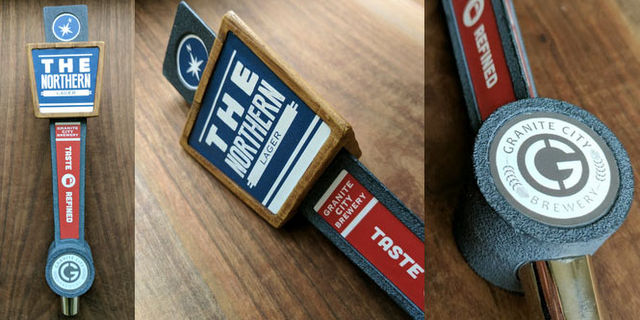
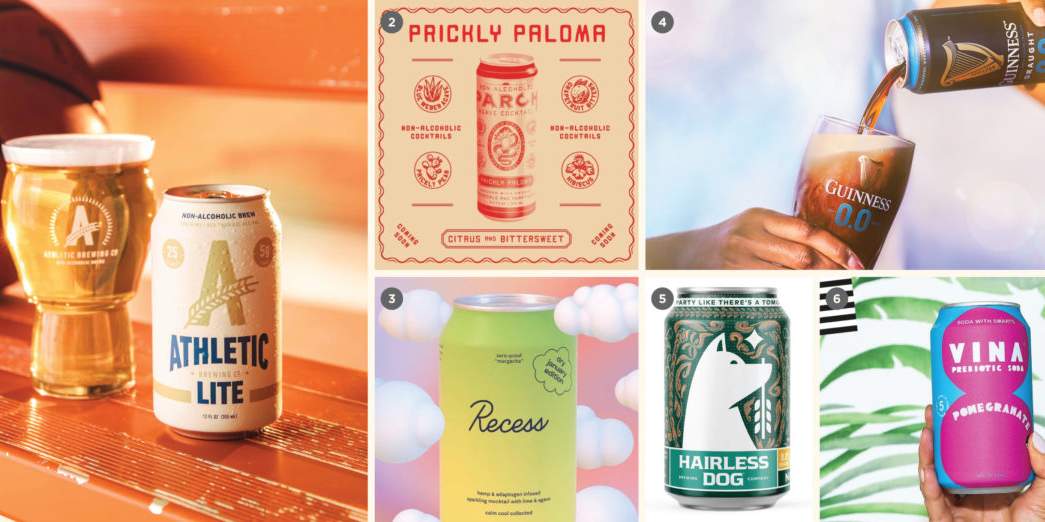
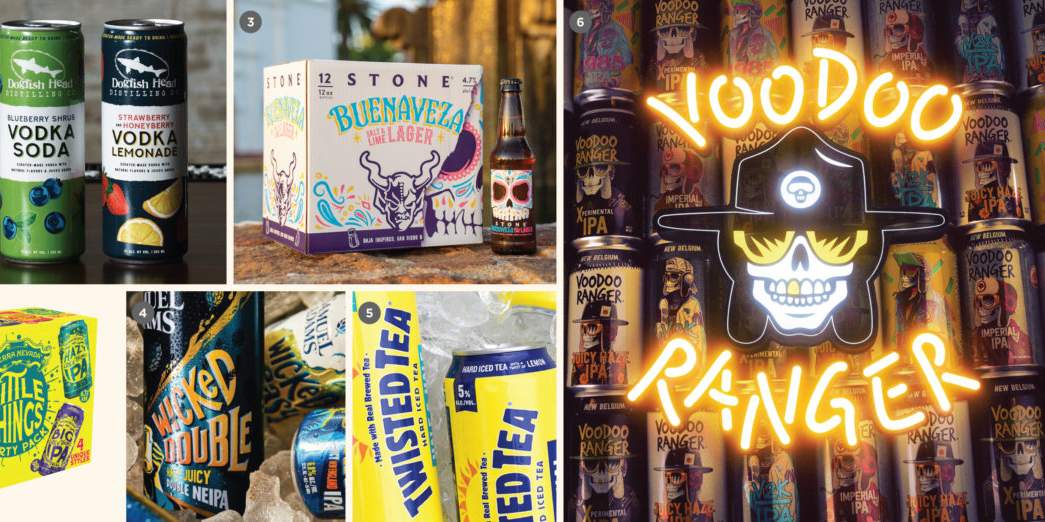
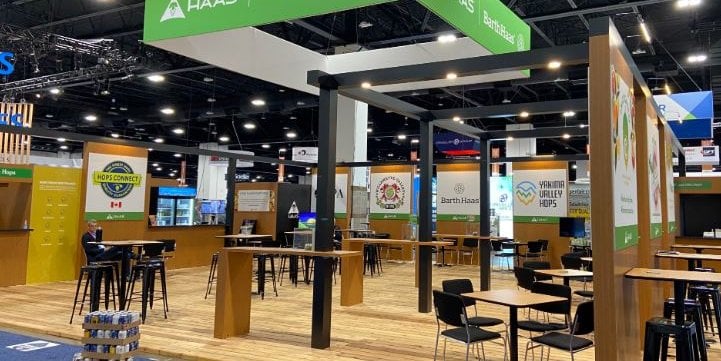
Forum Mantra says
Very helpful and Great information,
we appreciate advice especially coming from a professional.
Thanks again and keep up the great work!
I would like to share these Branding tips that will helpful for new and small business owners.
Mike Cantu says
Benjamin Diaz Calixto Quiroga